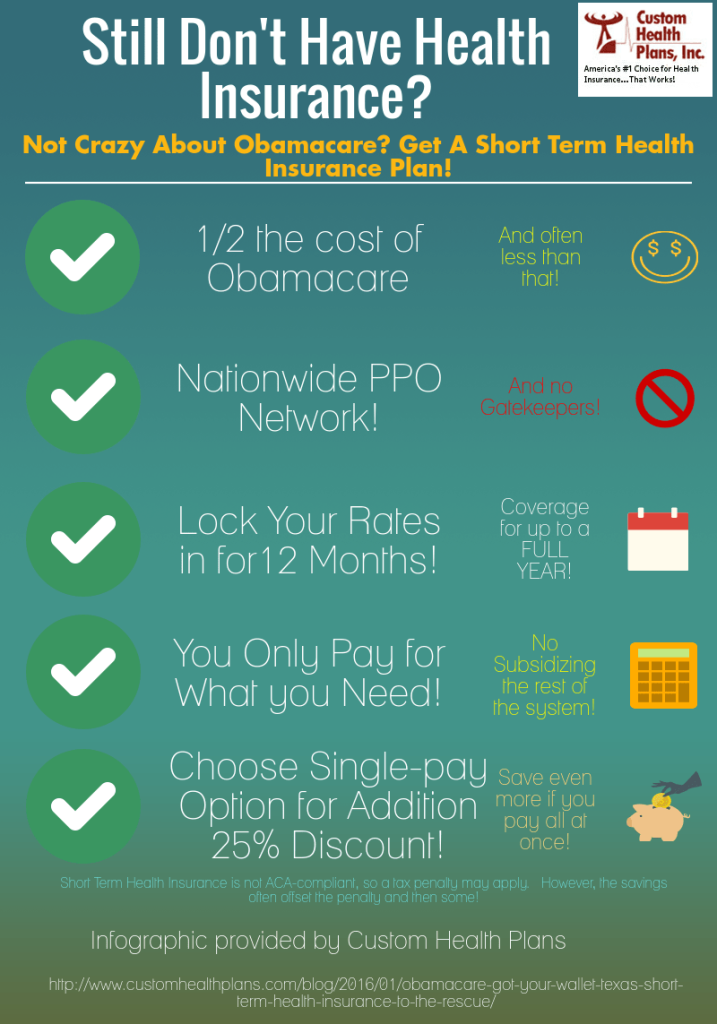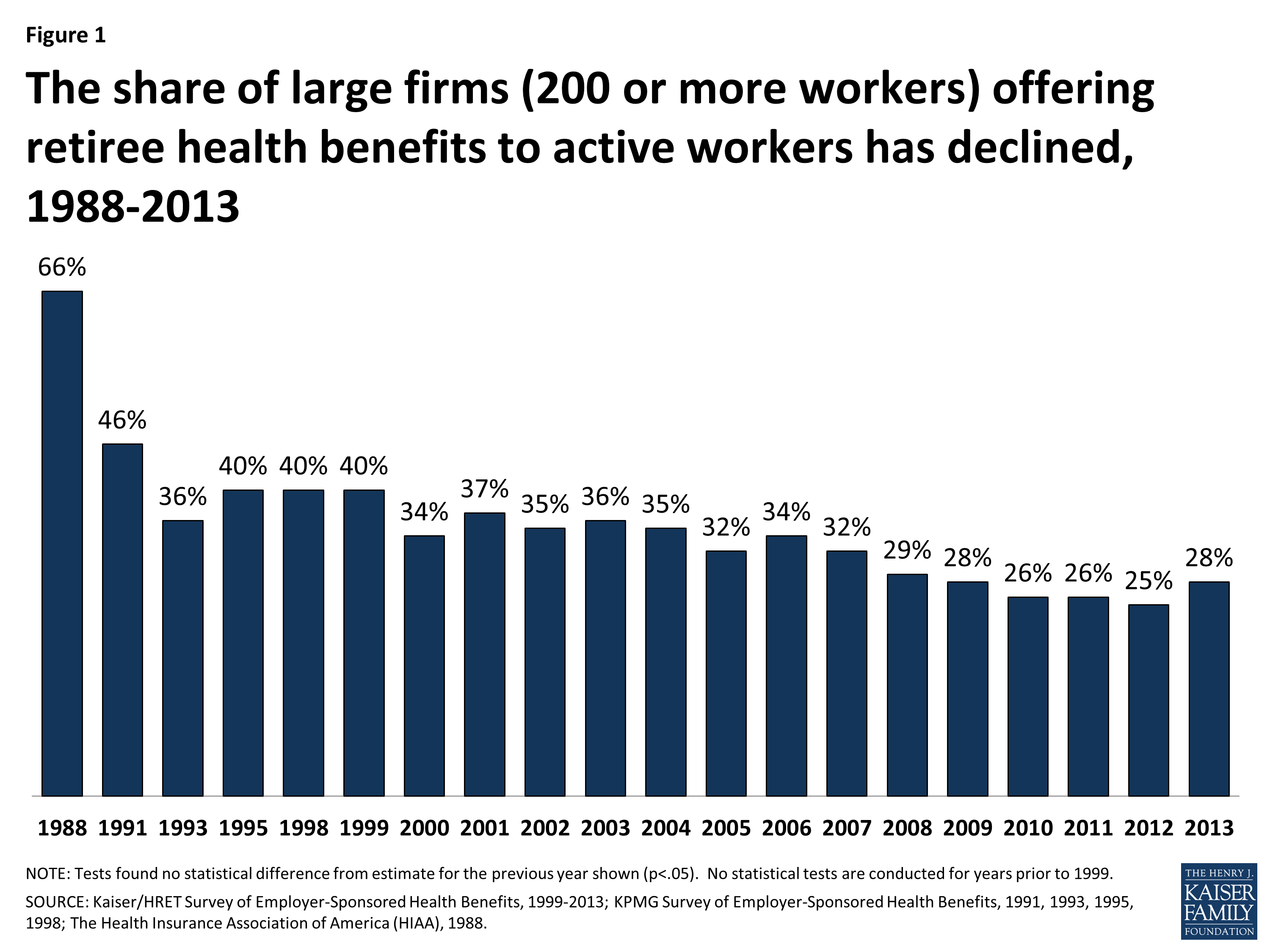The Basic Principles Of Medicare Advantage Agent
The Basic Principles Of Medicare Advantage Agent
Blog Article
The Facts About Medicare Advantage Agent Uncovered
Table of ContentsMedicare Advantage Agent for BeginnersWhat Does Medicare Advantage Agent Do?What Does Medicare Advantage Agent Mean?

follows from puzzling the reasonably young age profile of the uninsured with the better wellness, generally, of younger persons. This obscures the web link between wellness status and medical insurance. For those without access to office health and wellness insurance, bad health is a possible obstacle to acquiring nongroup coverage because such insurance coverage may be extremely priced, exclude pre-existing conditions, or be simply unavailable. The number of without insurance Americans is not particularly big and has actually not altered over the last few years. 7 out of 10 participants in an across the country representative study thought that fewer Americans lacked medical insurance than really do(Fronstin, 1998). About fifty percent(47 percent )believed that the variety of people without medical insurance decreased or continued to be constant over the latter fifty percent of the last decade(Blendon et al., 1999). This drop of virtually 2 million in the number of people 'without insurance coverage (a reduction
of around 4 percent)is absolutely a favorable adjustment. With a softer economy in 2000 the most up to date reported gains in insurance policy coverage may not continue(Fronstin, 2001 ). The decrease in the number of without insurance will certainly not continue if the economic situation continues to be sluggish and healthcare prices proceed to exceed rising cost of living. This is due to the fact that the data were gathered for a duration of strong economic efficiency. Of the estimated 42 million individuals who were without insurance, all but about 420,000(regarding 1 percent)were under 65 years old, the age at which most Americans become qualified for Medicare; 32 million were grownups in between ages 18 and 65, around 19 percent of all grownups in this age team; and 10 million were kids under 18 years old, regarding 13.9 percent of all kids (Mills, 2000). These estimates of the number of persons without insurance are produced from the yearly March Supplement to the Current Populace Study (CPS), conducted by the Census Bureau. Unless or else noted, national price quotes of individuals without health insurance policy and percentages of the populace with different kinds of insurance coverage are based upon the CPS, one of the most extensively utilized source of quotes of insurance policy protection and uninsurance rates. These surveys and the price quotes they yield are described briefly in Table B. 1 in Appendix B - Medicare Advantage Agent. These surveys differ in dimension and tasting approaches, the concerns that are asked about insurance
Some Ideas on Medicare Advantage Agent You Need To Know
protection, and the moment period over which insurance policy coverage or uninsurance is gauged(Lewis et al., 1998, Fronstin, 2000a ). Still, the CPS is specifically helpful because it creates annual quotes relatively quickly, reporting the previous year's insurance policy coverage estimates each September, and since it is the basis for a consistent set of quotes for greater than 20 years, permitting for analysis of trends in coverage over time.

Medicare Advantage Agent for Dummies
Over a three-year duration beginning early in 1993, 72 million people, 29 percent of the united state populace, were without insurance coverage for a minimum of one month. Within a single year(1994), 53 million people experienced a minimum of a month without insurance coverage(Bennefield, 1998a). Six out of every ten uninsured adults are themselves utilized. Working does enhance the chance that one and one's household members will certainly have insurance coverage, it is not a warranty. Even participants of family members with 2 full time wage income earners have virtually a one-in-ten chance of being without insurance (9.1 percent uninsured price)(Hoffman and Pohl, 2000 ). The relationship between wellness insurance coverage and accessibility to care is well established, as special info recorded later in this phase. Although the partnership in between health and wellness insurance policy and wellness outcomes is neither direct neither easy, an extensive professional and health and wellness solutions research literature web links health and wellness insurance coverage
to enhanced accessibility to care, far better quality, and enhanced individual and populace health condition. The second report, on individual health end results for uninsured adults, is stood for by the inner circle of the figure, while the third report, on household wellness, includes the topics of the second report but stresses a various system of analysis, namely, the family. The 6th report in the series will certainly provide info regarding approaches and initiatives carried out in your area, statewide, or across the country to resolve the lack of insurance coverage and its adverse effects. Degrees of analysis for analyzing the effects of uninsurance. This conversation of medical insurance coverage concentrates mostly on the U.S. populace under age 65 due to the fact that practically all Americans 65 and older have Medicare or various other public insurance coverage.
Additionally, it concentrates specifically on those with no wellness insurance for any length of time. The troubles faced by the underinsured are in some aspects similar content to those dealt with by the uninsured, although they are normally much less serious. Uninsurance and underinsurance, nevertheless, include clearly different policy problems, and the methods for resolving them may vary. Throughout this research study and the five records to adhere to, the primary emphasis gets on individuals without any wellness insurance and therefore no support in paying for healthcare beyond what is available with charity and security net organizations. Medical insurance is an effective variable influencing invoice of treatment due to the fact that both people and physicians react to the out-of-pocket price of services. Medical insurance, nevertheless, is neither needed nor adequate to access to clinical services. Nevertheless, the independent and direct impact of health
insurance coverage on accessibility to health and wellness solutions is well developed. Others will obtain the healthcare they require even without health insurance policy, by paying for it expense or seeking it from suppliers that use care cost-free or at extremely subsidized prices. For still others, medical insurance alone does not make certain receipt of care due to the fact that of other nonfinancial obstacles, such as a lack of healthcare carriers in their neighborhood, restricted access to transport, illiteracy, or linguistic and social distinctions. Official research concerning uninsured populaces in the United States dates to the late 1920s and very early 1930s when the Board on the Cost of Healthcare produced a series of records about financing physician office visits and hospital stays. This problem became significant as the varieties of clinically indigent climbed throughout the Great Anxiety. Empirical researches continually sustain the web link between accessibility to care and improved wellness results(Bindman et al., 1995; Starfield, 1995 ). Having a normal resource of care can be thought about a forecaster of accessibility, rather than a direct step of it, when wellness outcomes are themselves utilized as accessibility indications. This expansion of the notion of access measurement was made by the IOM Committee on Checking Accessibility to Personal Healthcare Services(Millman, 1993, p. Whether or not parents are insured appears to impact whether their children get treatment as well as just how much careeven if the children themselves have protection(Hanson, 1998). The wellness of parents can influence their ability to take care of their youngsters and the degree of family anxiety. Stressing concerning their youngsters's access to care is itself a source of anxiety for moms and dads. 3 try here phases comply with in this record. Phase 2 supplies a review of exactly how employment-based medical insurance, public programs and individual insurance plan operate and interact to provide comprehensive but insufficient coverage of the U.S. populace. This includes a review of historic patterns and public policies influencing both public and personal insurance coverage, a conversation of the interactions amongst the different types of insurance, and an examination of why individuals relocate from one program to one more or end up
Report this page